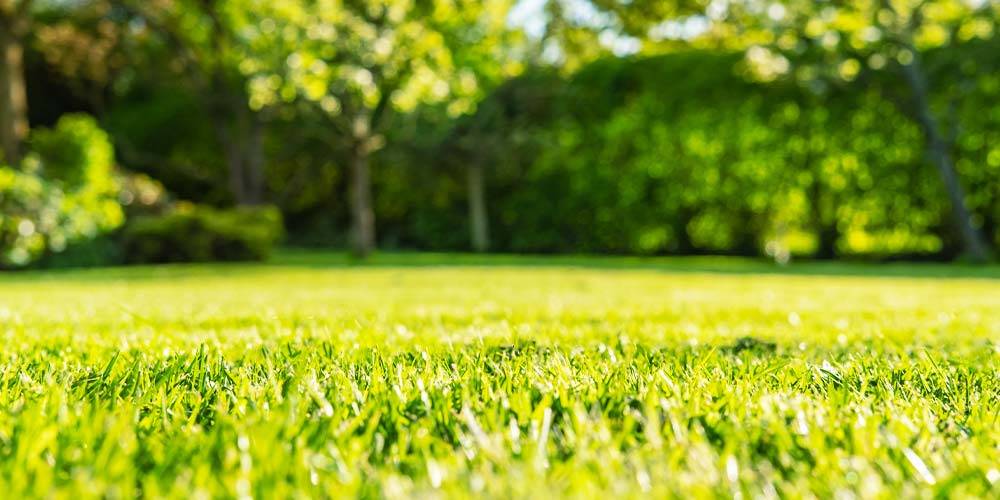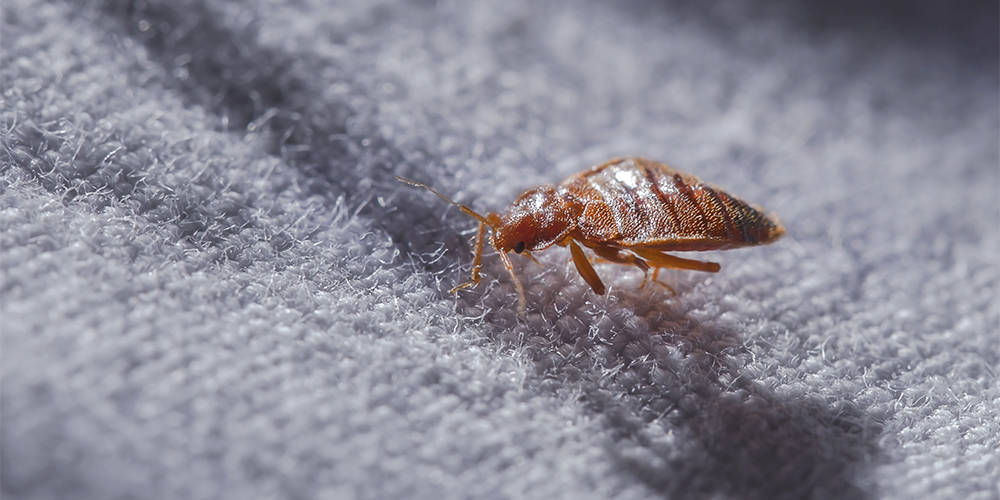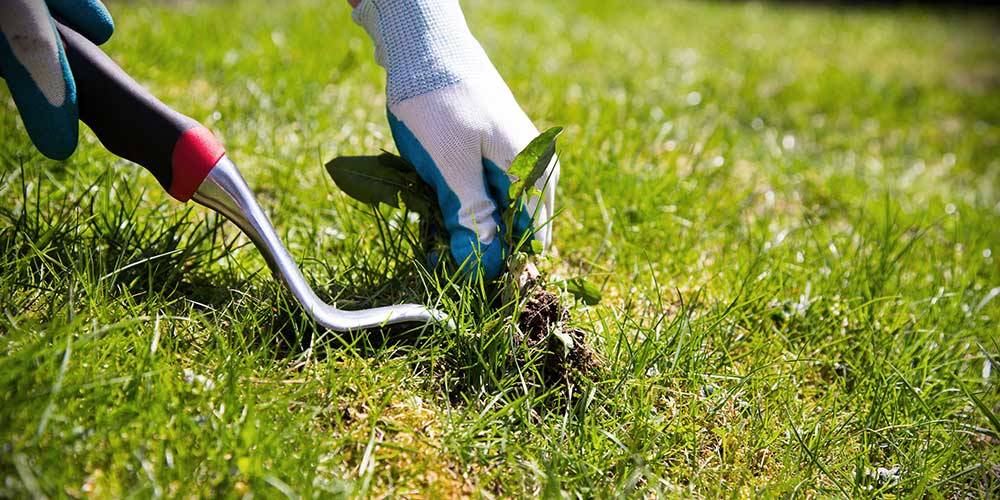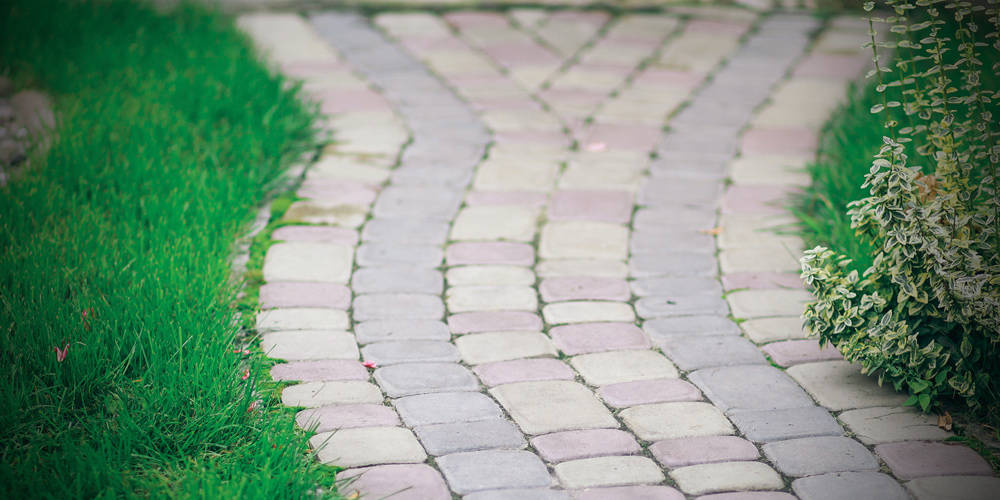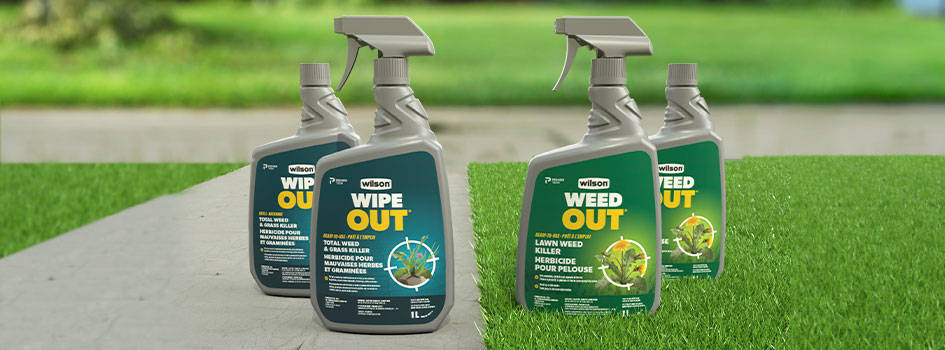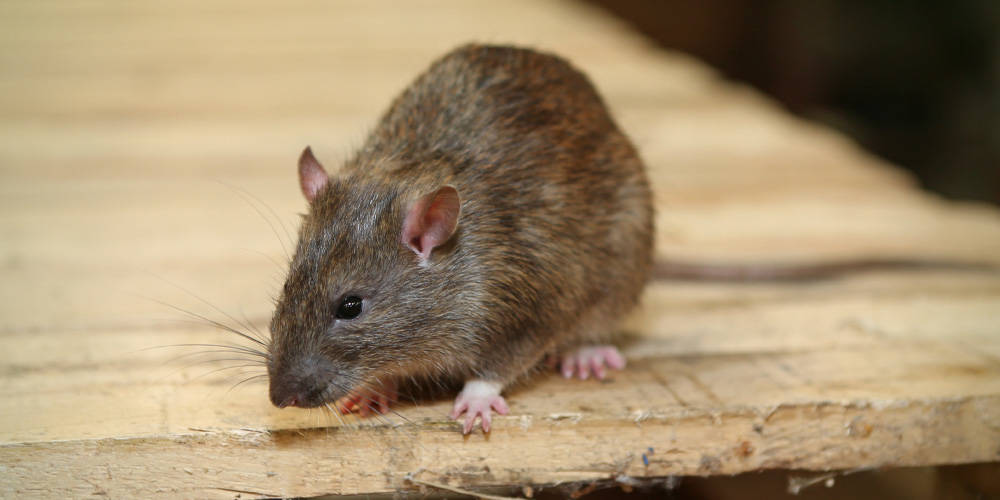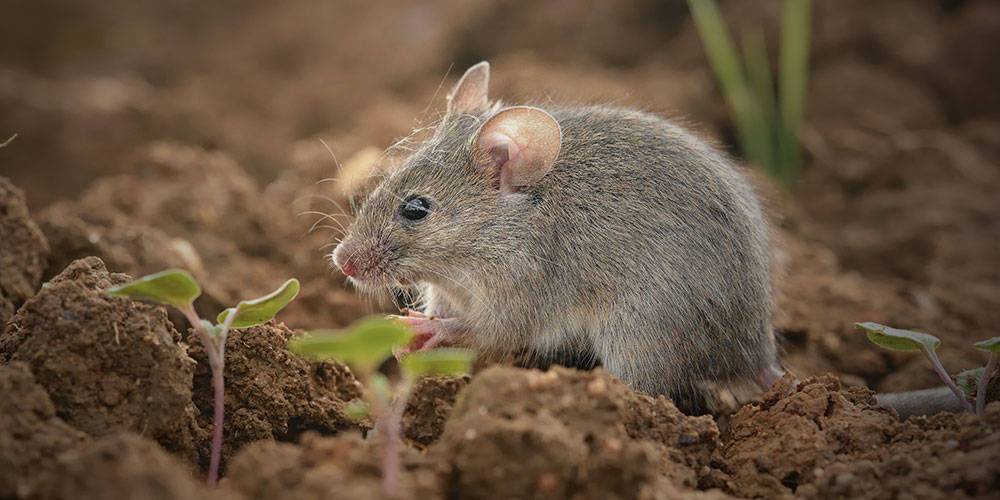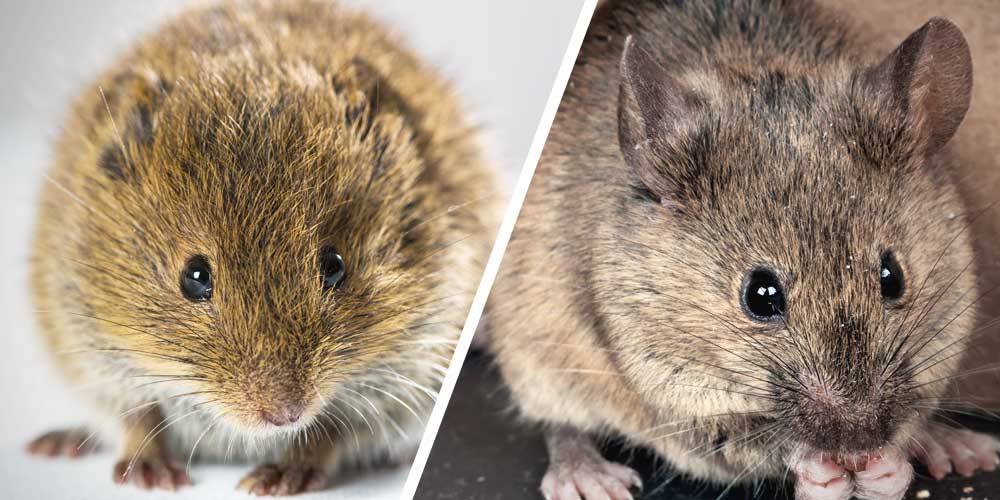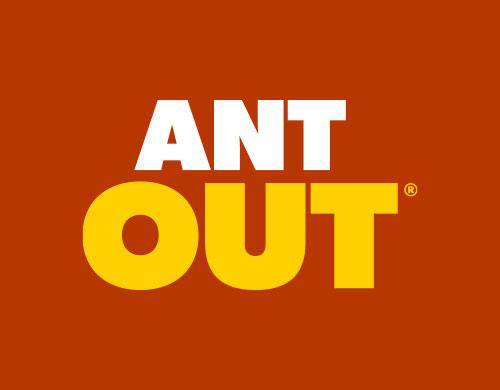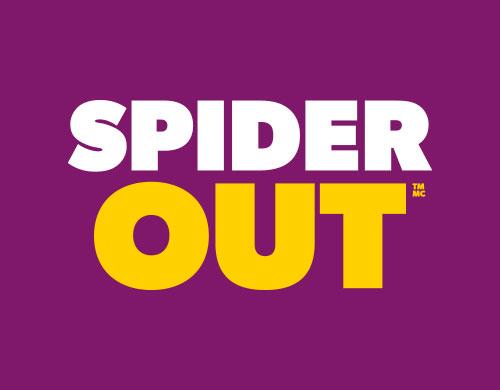Identifying and fighting common weeds
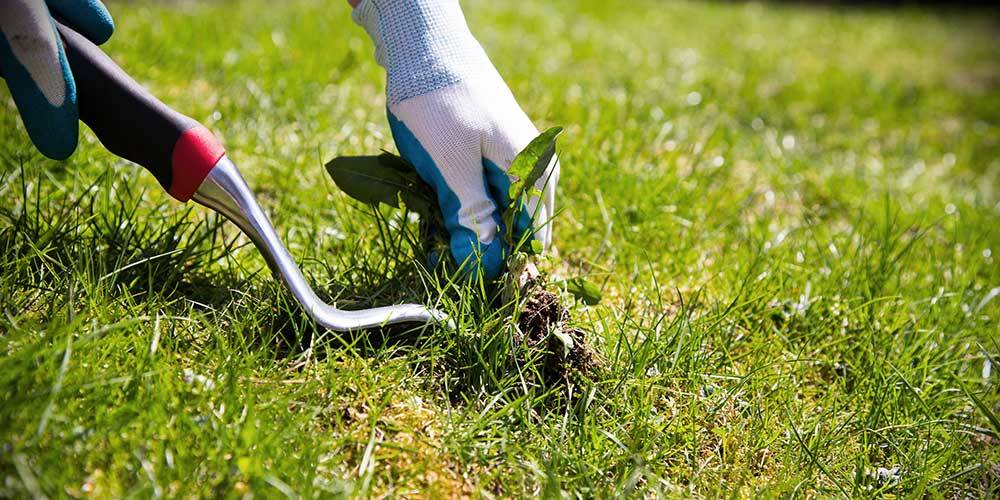
Unfortunately, the return of milder weather also means that weeds will start popping up. To get rid of them, it's important to know how to recognize them. Then, you can take the necessary actions to fight them.
Here is a top 10 of the most common weeds as well as tips to effectively control them.
Plantain
Poison ivy
Dandelion
Amaranth
Oxalis
Ground ivy
Chickweed
Crab-grass
Field bindweed
Wild violets
Plantain

Plantain is a perennial plant that grows in practically all kinds of soils. As it grows very close to the ground, its broad leaves create a thick mat which prevents grass from establishing. This plant has green-gray flowers that form spikes.
This weed can be found in thin lawns and between stones and blocks in pathways or patios.
How to fight plantain
First, you need to maintain your lawn properly so it stays thick. If there are only a few small plants, you can pull them by hand. Make sure to remove all roots, as even the smallest remain could be enough for a new plant to grow. You can also control plantain using a ready-to-use herbicide.
Poison ivy

This weed is a perennial that forms an important network of underground stems and has leaves composed of three leaflets.
Those leaves are reddish when they emerge, and then they green up as the season progresses. Poison ivy has an acrid, repulsive smell caused by the pollen in the flower.
This plant can be found in various places, such as groves, along roads and fences, and in dry, rocky or well-lit places.
How to fight poison ivy
If you choose to pull it, it's important that you always wear thick rubber gloves and safety goggles. You can also choose to spray it with herbicide when it's actively growing towards the end of spring or beginning of summer. Note that you must never burn poison ivy as it could produce urushiol, a substance that can cause severe cutaneous eruptions.
Dandelion

A well-known plant, the dandelion has indented, bright green leaves and yellow flowers that form white "puff balls" after they have dried. It's important to keep them from going to seed, as that is when they reproduce, with a little help from the wind.
That type of weed is found in moist and sunlit places. Unfortunately, dandelions grow pretty much everywhere.
How to fight dandelions
Prevent this weed by overseeding your lawn in the spring; this will make your lawn healthy and vigorous. If you choose to pull them by hand, it's important that you remove all the roots. You can use a pre-emergence herbicide before the seeds germinate in early spring. If the seeds have already germinated, then use a ready-to-use herbicide for spot treatment.
Amaranth

Amaranth is an annual species that originally grew in fields and meadows. Today, it's also found in lawns. This weed can be recognized by its oval leaves, which can be mottled with red or covered in fine hairs. It has spiky flowers that produce seeds capable of remaining dormant in the soil for 40 years.
Amaranth can be found pretty much everywhere, such as along roads, in gardens and other places where the soil has been disturbed.
How to fight amaranth
It is important to keep the weed from flowering and going to seed. It is relatively easy to pull when it's young and the soil is moist. You will probably need a shovel to remove all the roots. It is essential to avoid pulling it when it's flowering, as you could propagate thousands of seeds.
Use a post-emergence herbicide when the plant is less than 4 inches high. Read the label carefully, as amaranth is resistant to several herbicides.
Oxalis

Oxalis is a weed with heart-shaped leaves similar to clover leaves. This plant does not reach more than 5 to 8 cm in height and has small flowers with 5 petals, which develop from spring to fall.
Oxalis can be found in thin lawns and along pathways and foundations. It grows in nearly any conditions, including sun, shade, moisture or drought conditions.
How to fight oxalis
You can remove oxalis from flower beds by hand, but you'll probably need a trowel or small shovel. Dig deep enough to remove the bulbs and small roots. It is recommended not to pull the plants that grow in the lawn to avoid propagation. Also, make sure the bulbils don't burst, as this would create new plants.
Ground ivy (Creeping Charlie)

This creeping weed species is part of the same family as mint. It has indented leaves which are either round or heart-shaped.
Ground ivy is most often found in shady areas and moist soils. It is also often found in flood plains and disturbed places.
How to fight ground ivy
It is important to maintain your lawn based on an annual plan, as this weed tends to invade thin, weak lawns. It is possible to remove it by hand, but this won't help much if the plant has already propagated. Use a broad-leaf plant herbicide in the fall, just before ground ivy goes dormant. It will more easily absorb the product then. You can reapply that same herbicide in the spring.
Chickweed

Chickweed has small, pointed, egg-shaped leaves as well as tiny hairs along the stems. This plant is bright green and bears small white flowers with five petals.
It can be found in all types of soils, but prefers humid, shady places and cool temperatures.
How to fight chickweed
Maintaining a healthy lawn will help prevent the presence of chickweed. You can remove it from flower beds by hand at the beginning of the season, while its roots are still shallow. You can also use a post-emergence herbicide if the plant is already actively growing. Choose a selective product and apply when the wind is calm.
Crab-grass

Blue-green in colour, crab-grass is often confounded with normal grass.
It can be found along the edges of lawns and along pathways and trails. Crab-grass can grow in any type of soil.
How to fight crab-grass
Prevent that type of weed by keeping your lawn healthy based on a lawn maintenance plan. Crab-grass is often found in thin lawns and bare spots. Applying a layer of mulch in your flower beds will help prevent its presence. You can pull it at the beginning of the season, while its roots are still shallow. Once the plant has gone to seed, it is harder to pull. That is why it's important to use a post-emergence herbicide at that point. Crab-grass also tends to regrow in bare areas; so it's recommended to reseed two to three months after you've applied the herbicide.
Field bindweed

This creeping weed species is considered as a pest in gardens and crops like corn and wheat. It has white or pale pink trumpet-shaped flowers, and its leaves form arrows. Once established, field bindweed is particularly difficult to control.
This plant can be found along streams and roads, as well as in grasslands, fields, vineyards, gardens and lawns.
How to fight field bindweed
Field bindweed has strong, deep roots, and that's why it's difficult to eliminate. The best way to get rid of it is to pull it by hand. However, you will have to start over every three to five years. After you've pulled the weed, burn it to prevent propagation and mow your lawn on a regular basis to keep it from going to seed.
Wild violets

Because they're visually attractive, wild violets are rarely considered as weeds. They tend to spread quickly and are difficult to control when they invade lawns or flower beds.
Wild violets can be recognized by their violet, white or yellow colour and heart-shaped leaves. They are mostly found in Central and Eastern Canada, in places where conditions are humid and shady.
How to fight wild violets
This weed is one of the most difficult to uproot. The slightest piece of rhizome is enough for new plants to develop. You can use a non-selective herbicide for broad-leaf weeds if the plant is not in a lawn. Treat at the beginning of summer or fall. Finally, overseed bare spots after you've removed all wild violets.
Which of these weeds is the hardest to fight?
